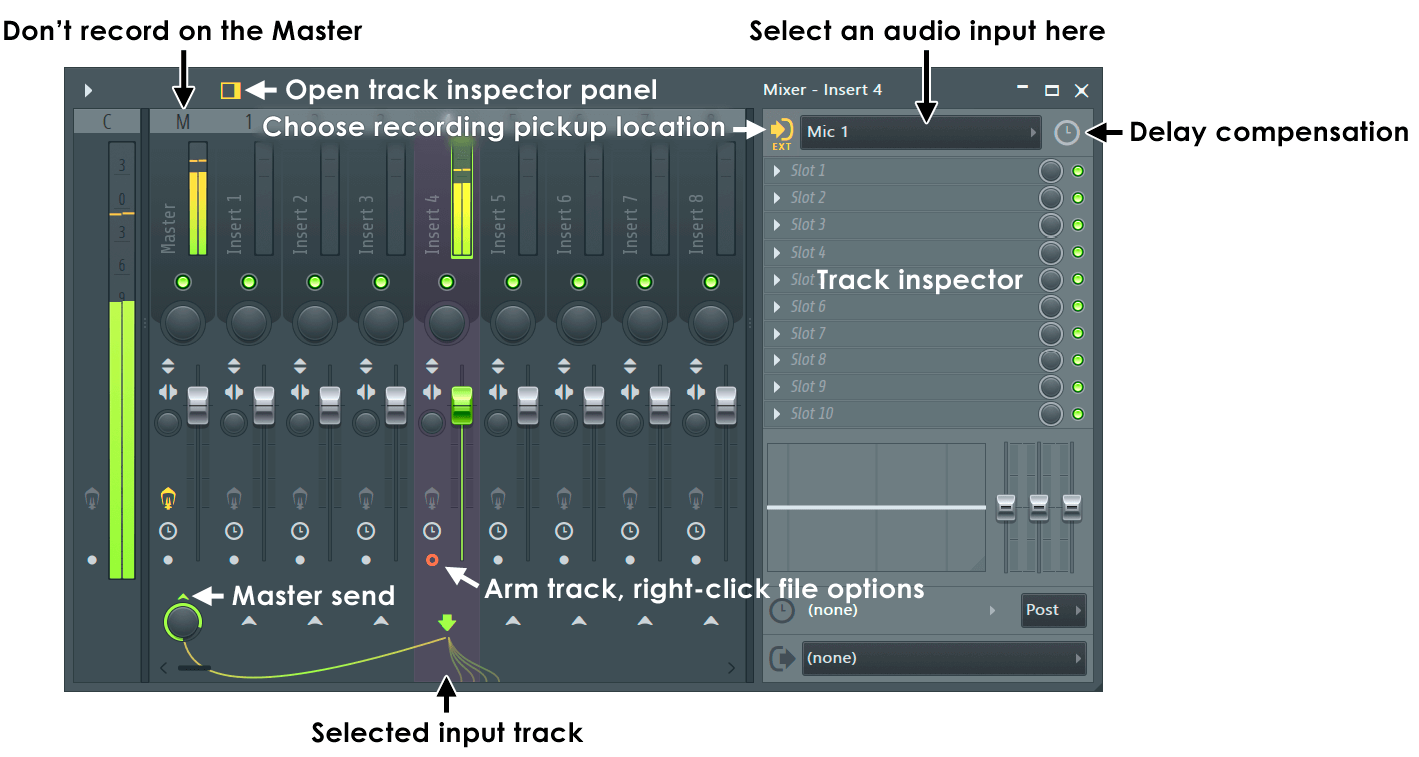FL Studio is a popular digital audio workstation (DAW) that is used by music producers and musicians to create, edit, and mix music. One of the key components of FL Studio is the mixer, which plays a crucial role in the production and finalization of a track. In this article, we will explore the various functions and features of the mixer in FL Studio, and how you can use it to enhance your music production.

Credit: jrmastering.com
What is the Mixer in FL Studio?
The mixer in FL Studio is a powerful tool that allows you to control and manipulate the audio signals from different tracks in your project. It provides a visual representation of each track, allowing you to adjust the volume, panning, and effects of individual sounds, as well as the overall mix of your project. Understanding the different elements of the mixer is essential for creating a professional and polished sound.
Channels and Inserts
When you open the mixer in FL Studio, you will see a series of channels that correspond to the tracks in your project. Each channel represents a specific track and contains controls for volume, panning, and effects. You can also add additional effects to a channel using inserts, allowing you to further shape and enhance the sound of each track.

Credit: www.image-line.com
Routing and Mixing
The mixer in FL Studio allows you to route audio from different tracks to individual channels, giving you the ability to create complex and dynamic mixes. You can use routing to send the output of one track to another track for further processing, or to create submixes that combine multiple tracks into a single channel. This flexibility is essential for creating a professional and cohesive mix.
Effects and Processing
FL Studio comes with a wide range of built-in effects and processors that you can use to shape and manipulate the sound of your tracks. These include EQ, compression, reverb, delay, and more, allowing you to add depth and character to your music. The mixer provides easy access to these effects, making it simple to apply them to individual tracks or the overall mix.
Automation and Control
One of the most powerful features of the mixer in FL Studio is its automation capabilities. Automation allows you to control and manipulate various parameters of the mixer and individual plugins over time, such as volume, panning, and effect parameters. This is essential for creating dynamic and expressive mixes, and can be used to add movement and interest to your music.
Final Thoughts
The mixer is a central component of FL Studio, and mastering its functions is essential for achieving professional-sounding mixes. By understanding the different elements of the mixer, such as channels, routing, effects, and automation, you can take your music production to the next level and create polished and compelling tracks. Experiment with the features of the mixer and don’t be afraid to push the boundaries of your creativity to achieve the best results.
Frequently Asked Questions For Understanding The Mixer In Fl Studio: Mastering Sound Levels
How Does The Mixer Work In Fl Studio?
The mixer in FL Studio allows you to adjust the volume, panning, and effects of individual tracks to create a balanced and polished sound for your music.
What Are The Main Components Of The Fl Studio Mixer?
The FL Studio mixer consists of channels, inserts, sends, and master track, each serving a unique purpose in the production process.
How Can I Add Effects To A Channel In The Fl Studio Mixer?
To add effects to a channel, simply click on the desired insert slot, choose an effect plugin, and adjust the settings to achieve the desired sound enhancement.
Can I Route Multiple Channels To A Single Mixer Track In Fl Studio?
Yes, you can route multiple channels to a single mixer track by using the channel rack and linking the channels to the desired mixer track.